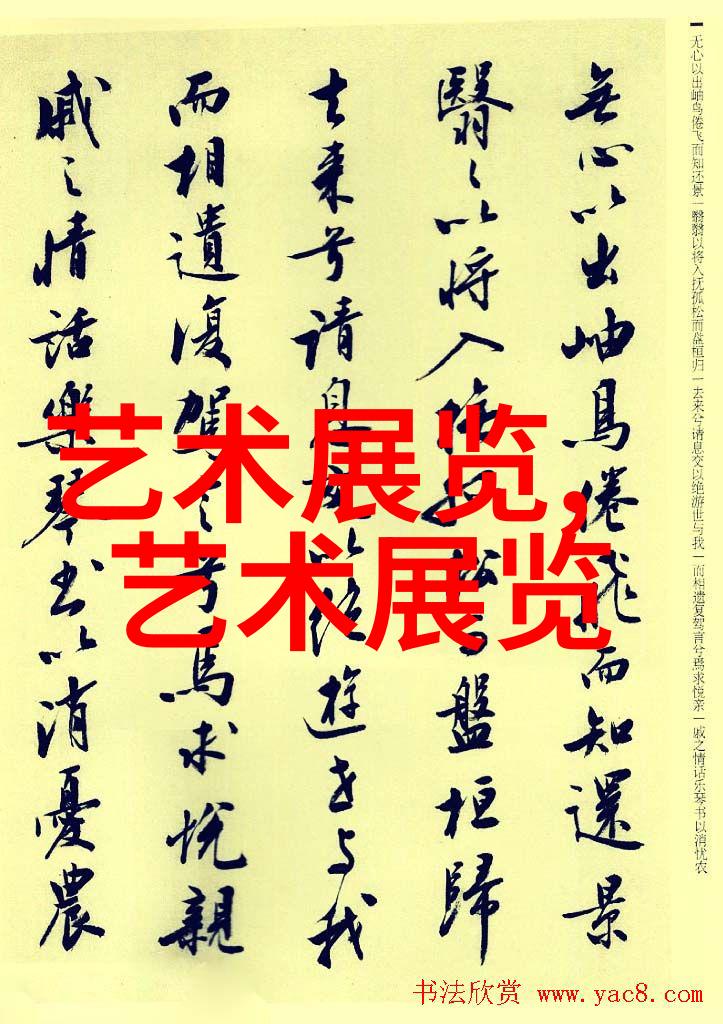金融艺术交融探索银行对艺术品收购的经济与文化影响
金融艺术交融:探索银行对艺术品收购的经济与文化影响

在当今全球化的时代,艺术市场已经成为一种新的资产配置方式,而银行作为金融机构,在这一过程中扮演着越来越重要的角色。银行对艺术品收购不仅仅是对投资的一个扩展,而且也反映了社会经济结构和文化价值观念的深刻变化。本文旨在探讨银行如何介入艺术品市场,以及这种行为背后所体现出的经济与文化意义。
一、引言

随着资本流动性的加剧,传统金融产品如股票和债券逐渐失去了吸引力,一些富有投资者开始寻找其他类型的资产进行投资。在这个背景下,艺术品尤其是名家作品,被视为一种高端资产,其价格波动性小、长期增值潜力大,因此成为许多投机者和收藏家的追求目标。而银行作为专业管理资金的大型机构,不断拓宽其业务范围,将其精湛的财务管理能力应用于艺术品领域,对此种趋势给予了积极回应。
二、银行进入艺术品市场

自20世纪末以来,世界各地的一些知名商业银行,如瑞士UBS、德国德意志銀行等,都涉足了购买及出售名人画作。他们通过设立专门部门或合作伙伴关系,与著名画廊建立联系,从而直接参与到买卖流程中。此举不仅丰富了这些机构提供给客户的手段,也使得它们能够将风险分散至不同的资产类别,同时提高整体盈利能力。
三、经济意义分析

对于那些投身于高端金融服务行业的大型商业银行来说,其对于高净值客户群体构建并维护关系是一个重要战略目的之一。通过涉足艺术品收购,他们可以展示自身的专业知识和财务实力,为客户提供更全面的服务。这一策略还能帮助这些企业利用其巨大的资源优势,即便是在竞争激烈且信息不完全的情况下,也能够在特定领域内占据有利位置。
此外,这种行为还可能导致更多的小型私人交易平台被迫退出市场,因为它们无法与大型机构相抗衡。这可能会进一步集中市场力量,使得少数几个玩家控制着大部分交易量,从而影响整个市场走势。

四、文化影响评估
除了经济效益之外,banks' involvement in art market also has significant cultural implications. By actively participating in the purchase and sale of artworks, banks can help to promote cultural diversity and preserve artistic heritage. For instance, some banks have been known to partner with museums or non-profit organizations to acquire works by emerging artists, thereby supporting the development of new talent.
Moreover, these institutions can also play a crucial role in educating their clients about art history and appreciation. Through exhibitions, lectures, and other events hosted within their premises or branches, they provide an opportunity for people from all walks of life to engage with high-quality art works.
However, this increased focus on profit-driven investment could potentially lead to a homogenization of taste and preferences among collectors. As more individuals turn to banks for guidance on what constitutes valuable artwork, there is a risk that unique voices may be lost amidst the commercialized frenzy surrounding contemporary art.
五、未来展望
As the global economy continues its path towards increasing globalization and interconnectedness, it is likely that we will see even greater participation from financial institutions like banks in the world of arts patronage. This trend presents both opportunities and challenges: while it could lead to further growth in demand for high-quality artworks across various mediums; it also raises questions regarding who truly benefits from such investments—artists themselves or simply those who own these assets?
Ultimately though it's important not just consider financial aspects but also social responsibility as well as ethical considerations when examining bank's involvement in buying/selling artwork. This requires careful balancing act between maximizing returns while preserving artistic integrity & promoting accessibility for everyone involved regardless whether they're buyers sellers curators etcetera so we must keep our eyes open & stay vigilant ensuring that our actions align with positive change rather than perpetuating inequality or exploitation through means such as predatory lending practices against vulnerable communities which often happens during times economic downturns leading us into vicious cycles where many suffer at hands greed seeking few – how do you think we should proceed?